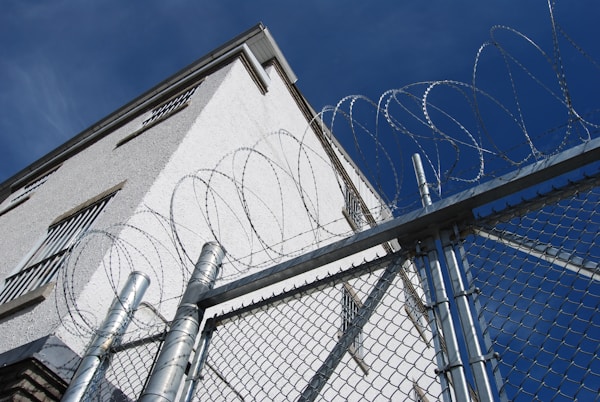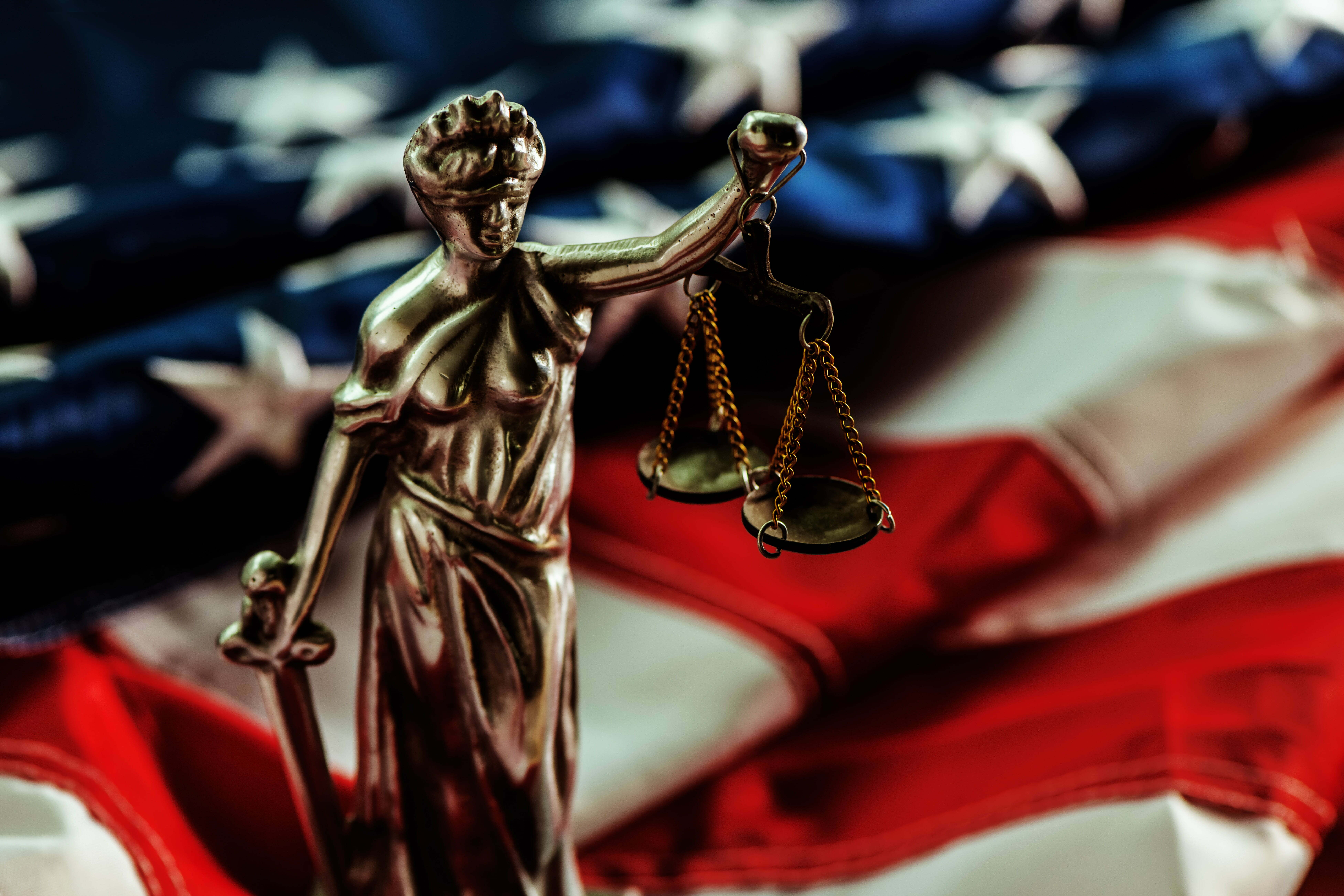The United States has the world’s largest prison population, with over 2.1 million people incarcerated. The majority of these prisoners are in state and federal prisons. But a growing number are in privately operated facilities. The US also has the highest rate of incarceration, with 716 people per 100,000 population behind bars. It is also plagued by many problems, including overcrowding, racial disparities, and a high rate of recidivism. Keep reading to learn more about the criminal justice system in the United States.
What happens to people after they are arrested and processed through the criminal justice system?

When a person is arrested in the United States, they are taken into police custody and processed at a local station. Their personal belongings are inventoried and they may be photographed and fingerprinted. Mugshots are one of the most common ways that law enforcement agencies in the United States identify and apprehend suspects. A mugshot is a photograph of a person’s face that is taken after they have been arrested. The mugshot is usually taken by the police department or sheriff’s office and is used to identify people who have been arrested before. These images are also used to help prosecute criminals because they can be used as evidence in court. The system typically has a mugshot database to keep records and for face surveillance purposes. The accused is then brought before a judge or magistrate who will determine whether there is probable cause for the arrest. If so, the accused may be held in jail or released on bail. They will then be arraigned, or formally charged, and have an opportunity to plead guilty or not guilty. If the accused pleads not guilty, they will go to trial where evidence will be presented by both sides. If convicted, the defendant may be sentenced to prison, probation, or community service.
What are the three components of the US criminal justice system?

The criminal justice system in the United States is made up of three components: law enforcement, courts, and corrections. The executive branch includes the president of the united states, the cabinet, and other executive departments most notably the department of justice. The judicial branch is made up of federal and state courts. The legislative branch creates laws and appropriates funds for the criminal justice system. Law enforcement is responsible for investigating crimes, arresting criminals, and preparing cases for prosecution. Federal law enforcement agencies include the FBI, DEA, ATF, USCIS, and Secret Service. State agencies include police departments and sheriffs’ offices. Law enforcement officers are sworn to protect public safety and enforce the law. Courts hear criminal cases and decide whether defendants are guilty or not guilty. There are two types of courts: federal courts and state courts. Federal courts hear cases that involve violations of federal law such as drug trafficking or bank robbery. State courts hear cases that involve violations of state law such as burglary or assault. Courts use a variety of evidence to make their decisions including witness testimony, forensic evidence, and confessions. Corrections includes prisons, jails, probation officers, parole officers, and rehabilitation programs. Prisons are facilities where convicted criminals are sent to serve time sentences. Jails are facilities where people who have been arrested but not yet convicted are held until they go to trial or plead guilty. Probation officers supervise people who have been placed on probation instead of being sent to prison or jail. Parole officers supervise people who have been released from prison early on parole supervision
How are criminal cases prosecuted?
The criminal justice system in the United States is a three-tiered system consisting of the federal government, state governments, and local governments. Most criminal cases are prosecuted by state governments in their respective state court systems. The federal government prosecutes certain types of crimes, such as those involving drugs, firearms, or interstate commerce. Local governments prosecute most crimes that occur within their jurisdictions, such as misdemeanors and traffic offenses. The structure of the criminal justice system varies from state to state. In some states, the prosecutor is an elected official who is responsible for presenting evidence against defendants in criminal trials and for seeking guilty verdicts from jurors. In other states, the prosecutor is a member of the executive branch of government who reports to the attorney general or another high-ranking official. The trial process also varies from state to state. Some states use a jury trial system in which 12 randomly selected citizens will hear evidence and decide whether the defendant is guilty or not guilty. Other states use a bench trial system in which a judge hears all of the evidence and decides whether to find the defendant guilty or not guilty.
The criminal justice system in the United States is important overall because it helps to protect citizens from crime and punish those who break the law.
